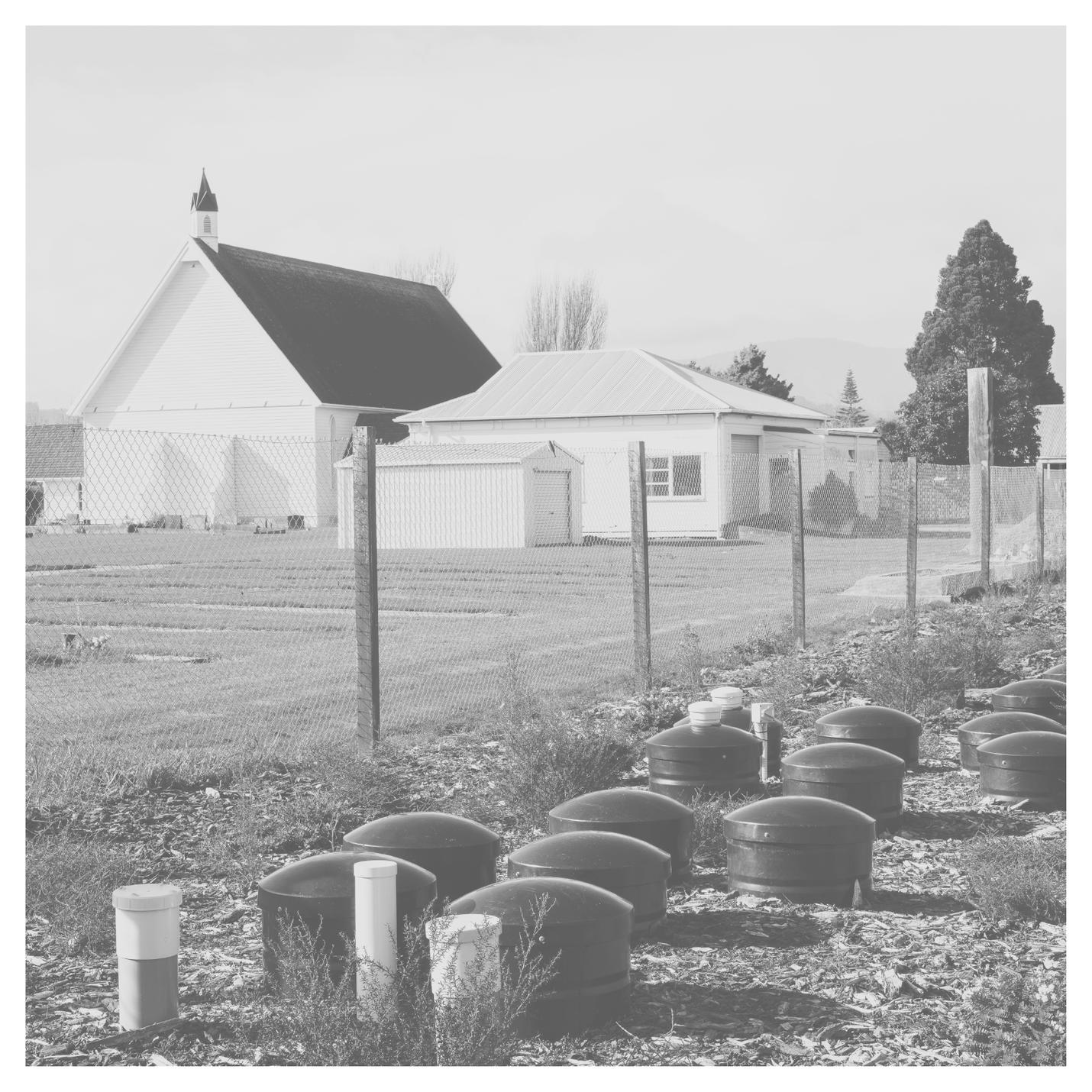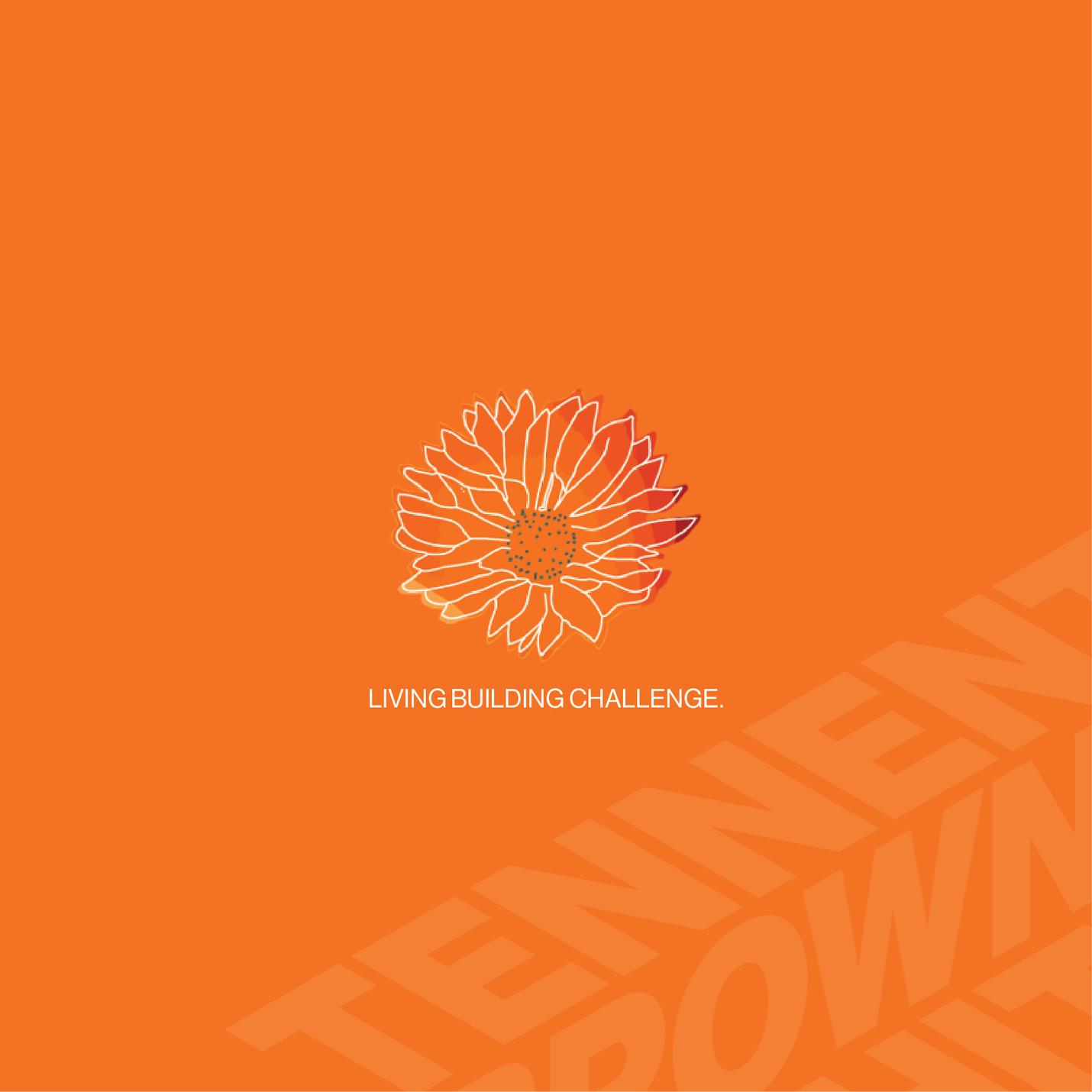The Water Petal: Embracing Water Conservation for Sustainable Design
The Water Petal of the Living Building Challenge underscores the significance of water conservation and regeneration in architectural design. We have a critical role to play in promoting responsible water management and ensuring the long-term sustainability of our projects.One key focus of the Water Petal is rainwater harvesting. By incorporating systems that capture and store rainwater, we can reduce reliance on municipal water supplies and alleviate the strain on local water sources. This harvested rainwater can be utilized for non-potable purposes such as irrigation, toilet flushing, and cleaning, thus conserving precious freshwater resources. Greywater recycling is another aspect within the Water Petal. We are encouraged to implement systems that treat and reuse greywater from sinks, showers, and laundry for appropriate on-site applications. By doing so, we reduce the demand for fresh water and minimize the discharge of wastewater into the environment.
Efficient water fixtures play a very important role in water conservation. Low-flow taps, showers, and toilets help minimize water consumption without compromising functionality or comfort. These fixtures contribute to significant water savings over time, promoting sustainable water use within the building. Beyond conservation, the Water Petal emphasizes the importance of water regeneration. It encourages the implementation of on-site wastewater treatment systems, such as constructed wetlands or living machines, to treat and reuse water on-site, closing the water cycle and reducing the burden on municipal infrastructure.
Lastly, the integration of water-sensitive landscaping is vital within the Water Petal. By incorporating features such as permeable surfaces, green roofs, and native plantings, we can reduce stormwater runoff and enhance groundwater recharge. These strategies help mitigate the adverse impacts of urban development on natural water systems.
The Water Petal of the Living Building Challenge calls on us, as architects, to prioritize water conservation and regeneration in our designs. Through rainwater harvesting, greywater recycling, efficient fixtures, on-site wastewater treatment, and water-sensitive landscaping, we can create buildings that minimize water consumption, protect local water resources, and contribute to a more sustainable water future.

